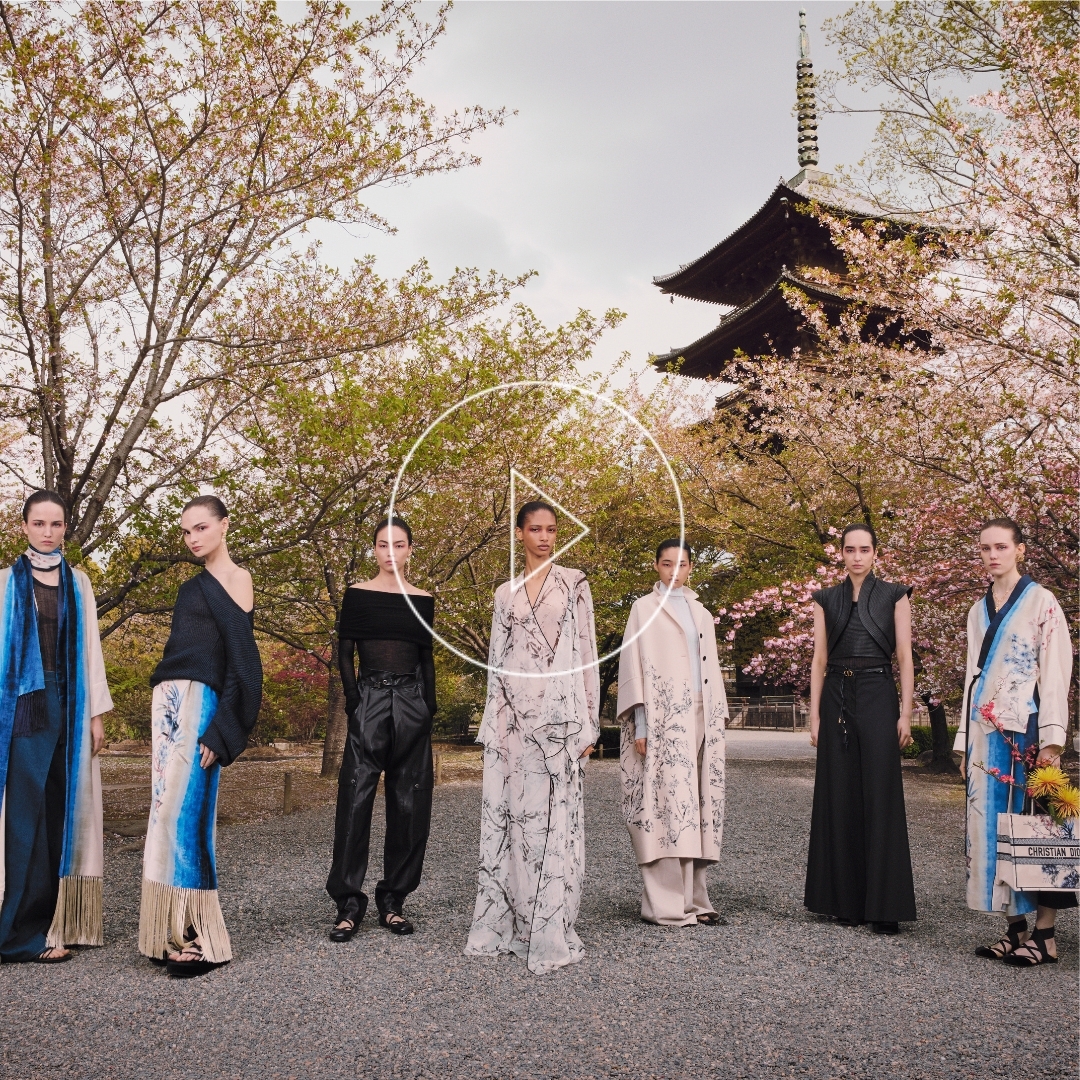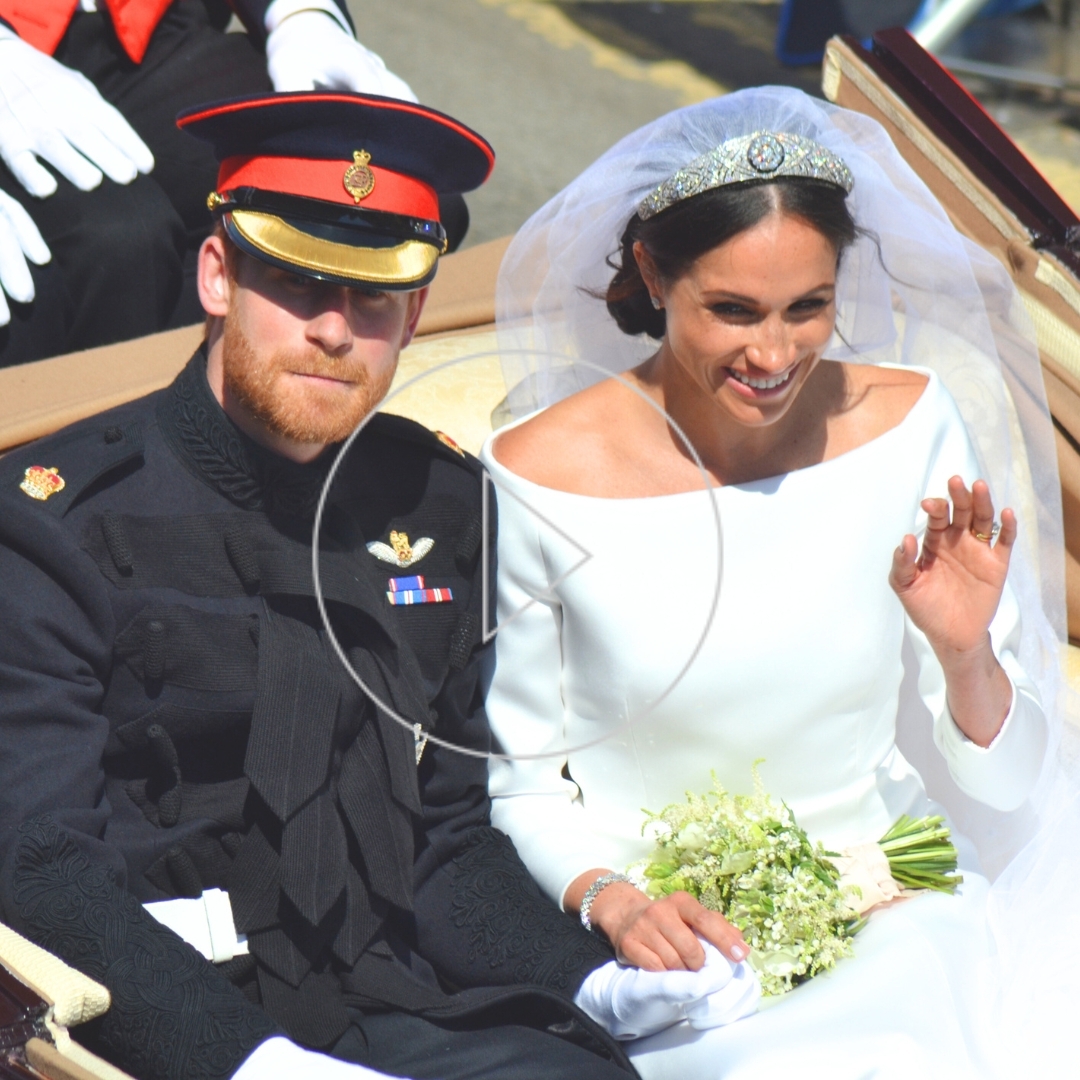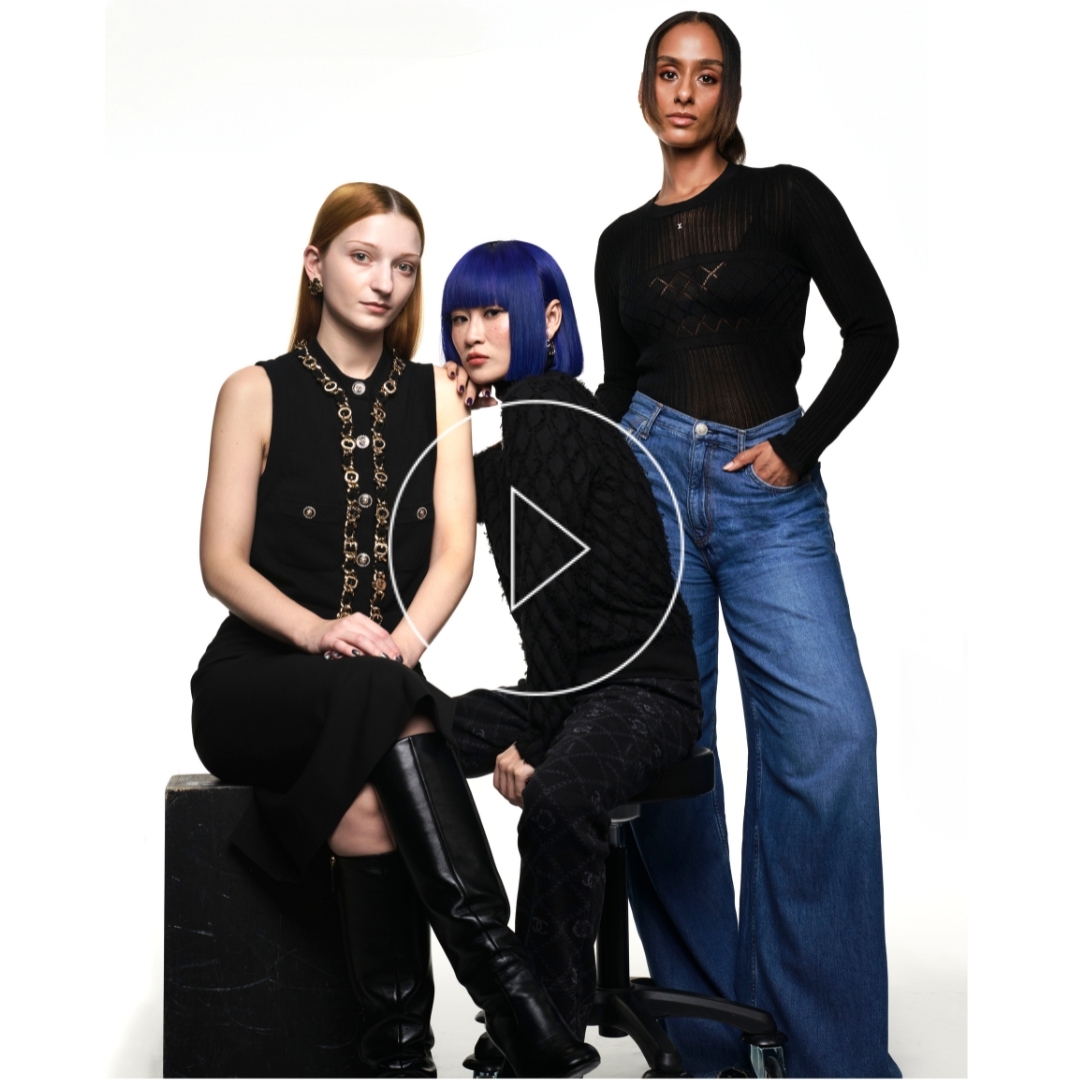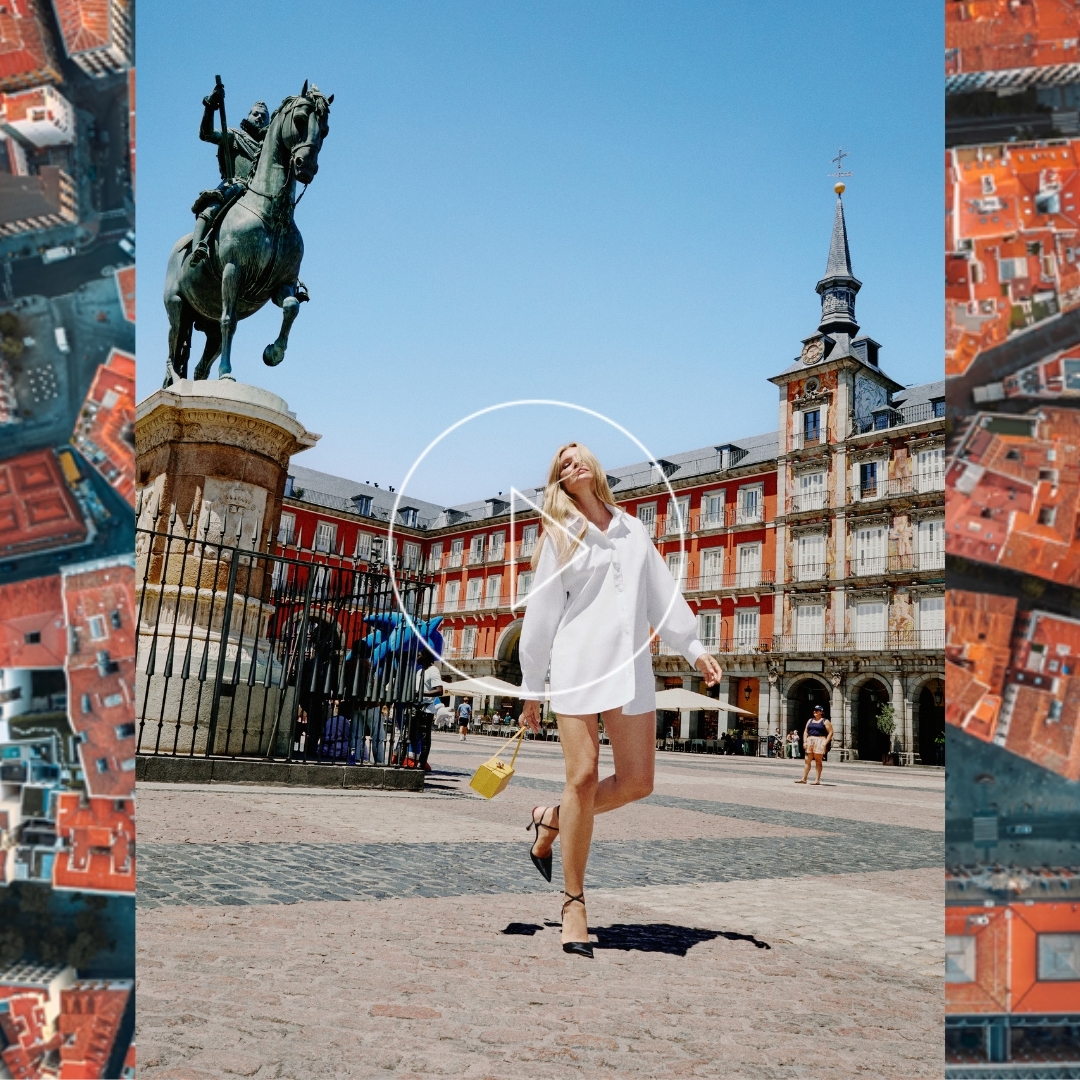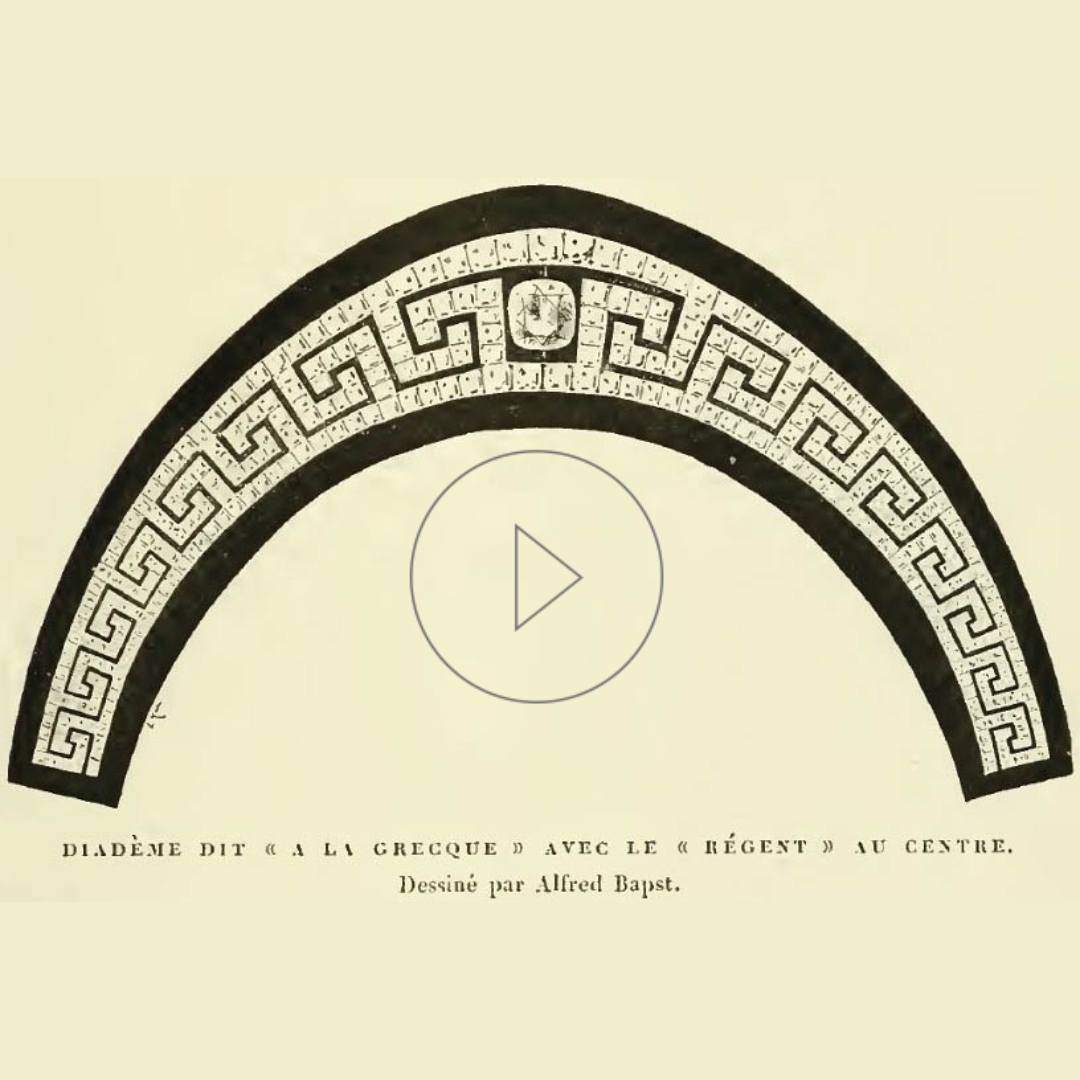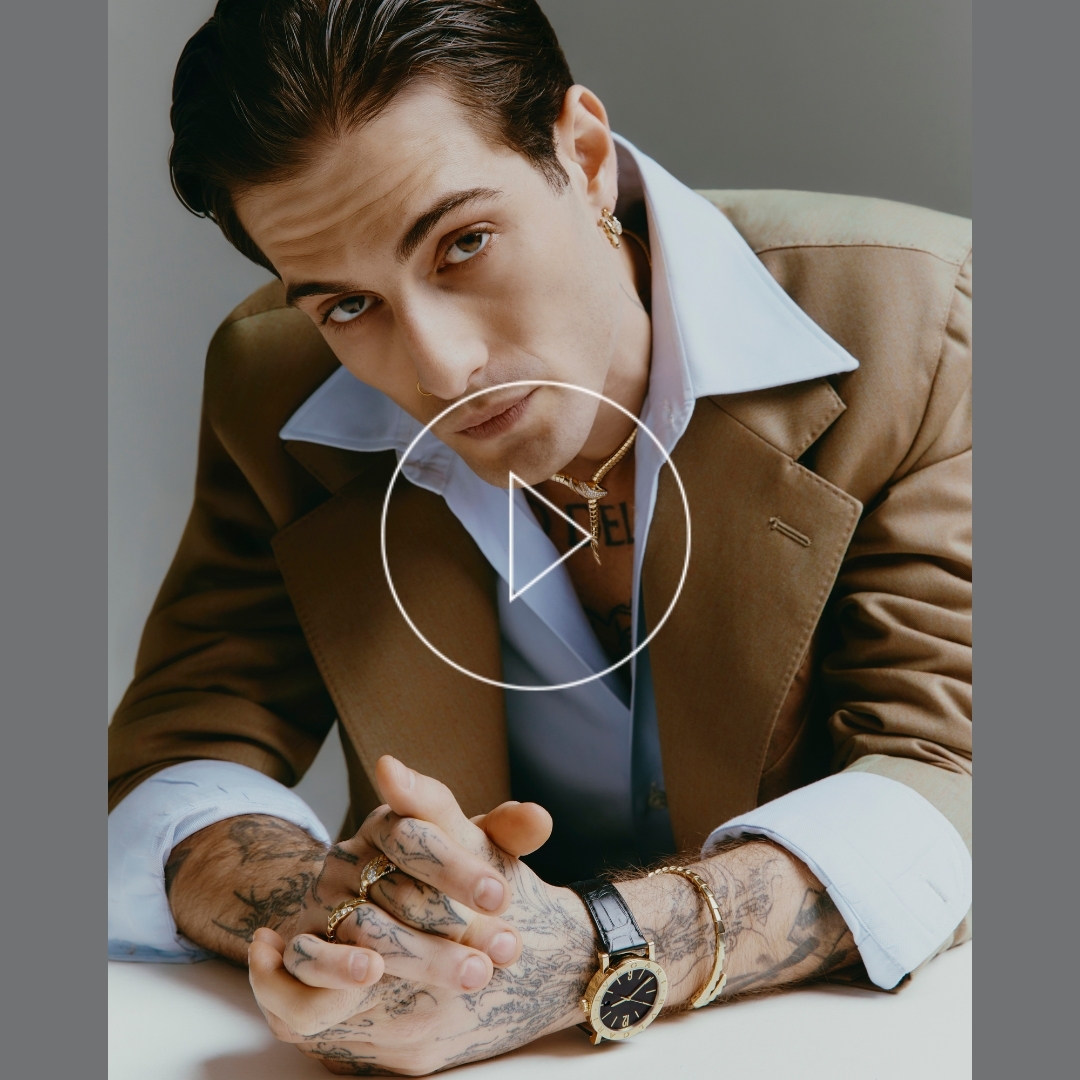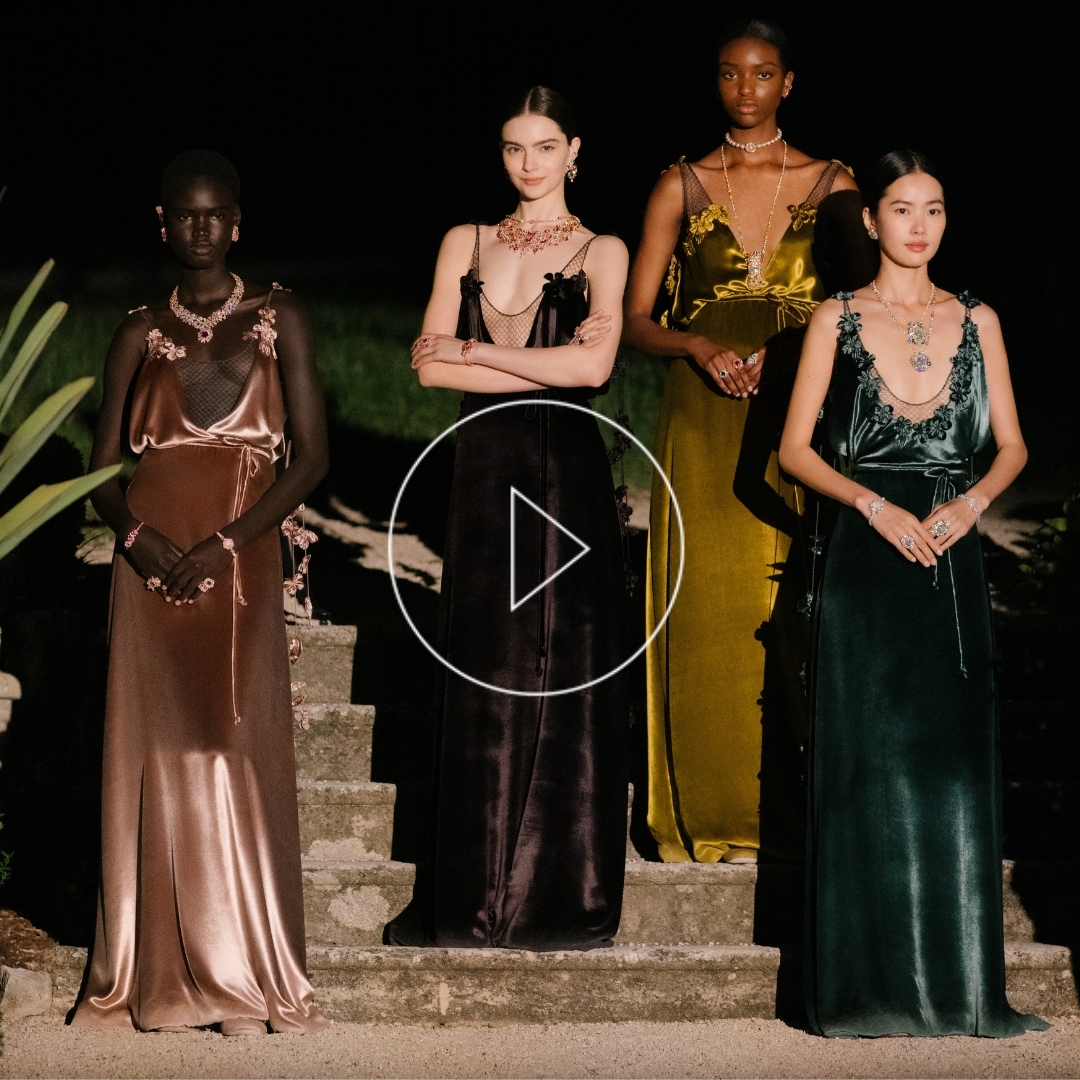Fashion Pact presented at the G7 in France!
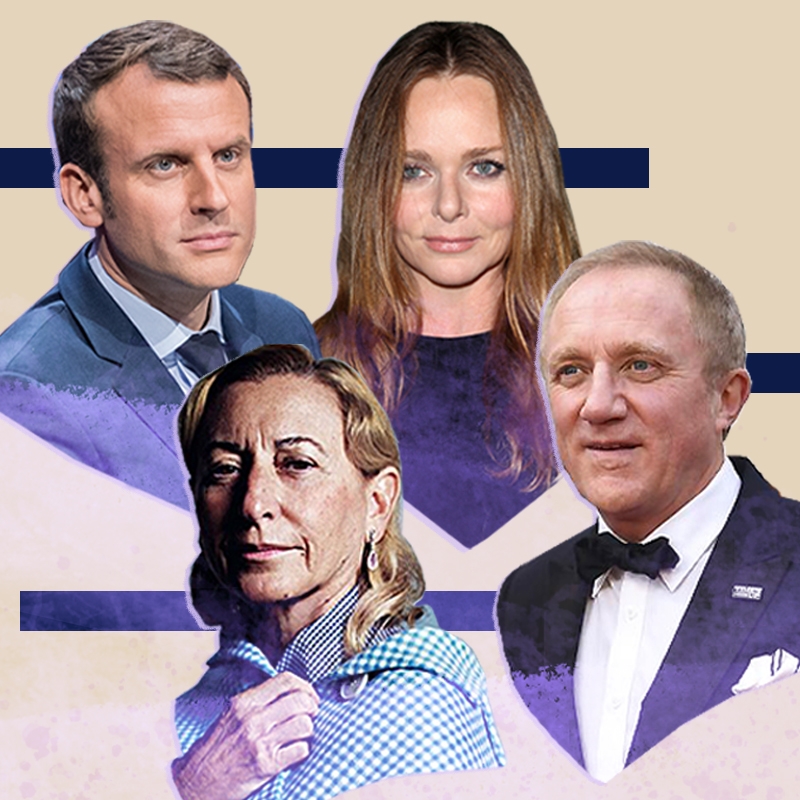
The fashion world made the news during the G7 Summit, hosted this year by President Emmanuel Macron in Biarritz, because of the presentation of the Fashion Pact.
What is the Fashion Pact
This pact aims to set concrete objectives for reducing the impact of the fashion industry on the environment. It will focus on three targets: achieving zero greenhouse gas emissions to control global warming, restoring biodiversity, and preserving the oceans.
How will it work
In April 2019, François-Henri Pinault, the chairman and CEO of Kerin, was asked to bring together the leading players in the fashion industry to commit to the Fashion Pact. The idea is that brands should collaborate side by side and share resources to achieve the pact’s goals.
The Fashion Pact has already been signed by 32 global fashion and textile companies so far. Around 150 brands, including big competitors, will unite their efforts to set targets and find solutions together. According to Pinault, the collaboration “will reach a level that none of us individually could reach by working alone.”
Who has signed
So far, among the 150 labels are Prada, Gucci, Chanel, Alexander McQueen, Hermès, Kate Spade, Coach, Burberry, Gap, Zara, H&M, Nike, Adidas, Ferragamo, Versace, Jimmy Choo and of course, Stella McCartney. LVMH, the world’s largest luxury group, is notably missing from this group.
Stella McCartney is with no doubt a pioneer in sustainable luxury and has taken eco-fashion very seriously for almost two decades now. The British designer eliminated plastic and uses recycled polyester, organic cotton and regenerated cashmere. There are waste-reduction strategies and wastewater treatment across the entire supply chain. The vegetarian designer pledged to eliminate, by 2020, all hazardous chemicals in her product line. Mccartney is also a member of the Ethical Trading Initiative, which sets a living wage definition for workers.
Prada is another company already committed to being sustainable. The Italian house is producing its most iconic nylon bags in a new material, Econyl. This Re-nylon is made from recycled waste as fishing nets lost or dumped in the ocean, which accounts for 10% of all plastic waste in the sea.

The Fashion Pact, a first step
This Fashion Pact is a great initiative to face the problems that luxury fashion has avoided for too long. Like for example, the destruction of unsold and unused products by Louis Vuitton and many other brands. For example, the giant online retailer Amazon is among brands filling the gigantic landfills with unsold items.
Many other points will still need to be tackled. Firstly, the use of fur from China without really knowing how it’s been processed. Secondly, the use of polyester fur, without knowing its real cost and impact on the environment in the long run. Not to mention child and slave labour. And the terrible working conditions and unfair pay in some plants that produce garments for even the most luxurious labels. And so on.
The pact says that the fashion industry “is one of the largest, most dynamic and influential industries on the planet“. It is also “one of the most impactful. And therefore should have the power to play a pivotal role in leading the shift towards a more sustainable future.”
If the fashion industry wants to become truly sustainable, most brands will have to make massive changes and a significant investment. In other words, they will need to reduce their profit margin significantly.
Signing the Fashion Pact is the first step. But are fashion companies ready to put the money where their mouths are? We do hope they are.
Photos courtesy of Prada
SHARE

